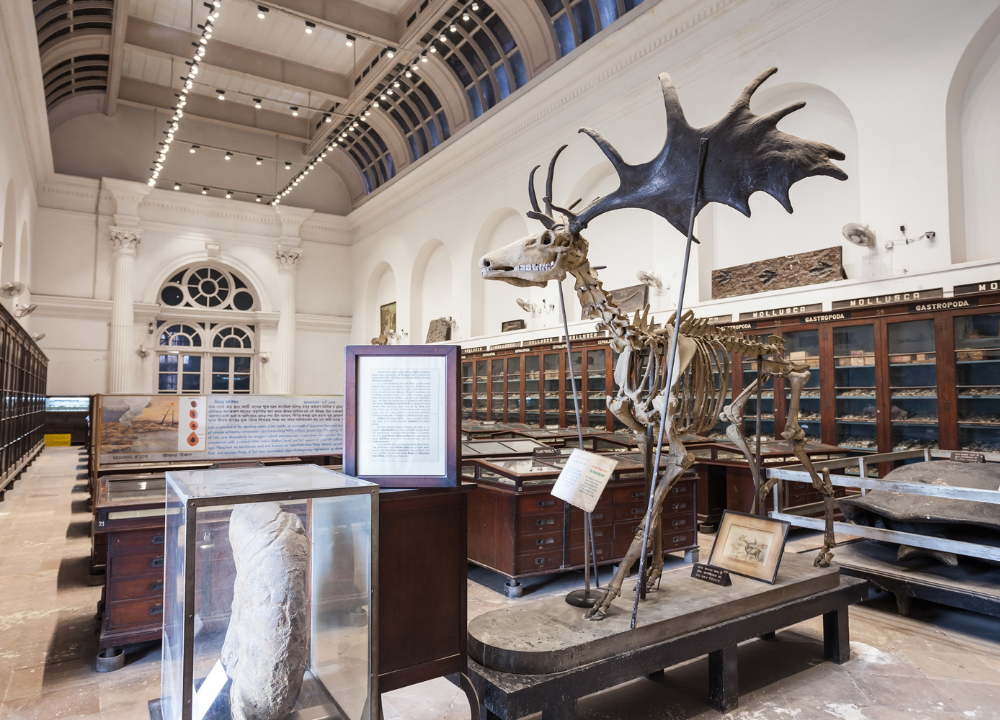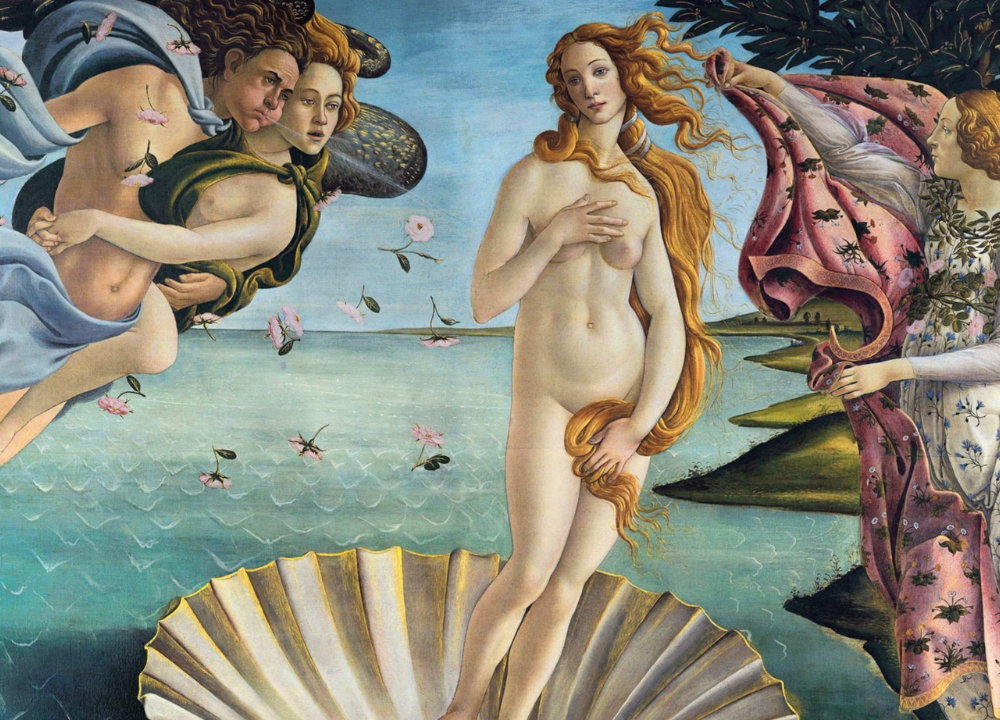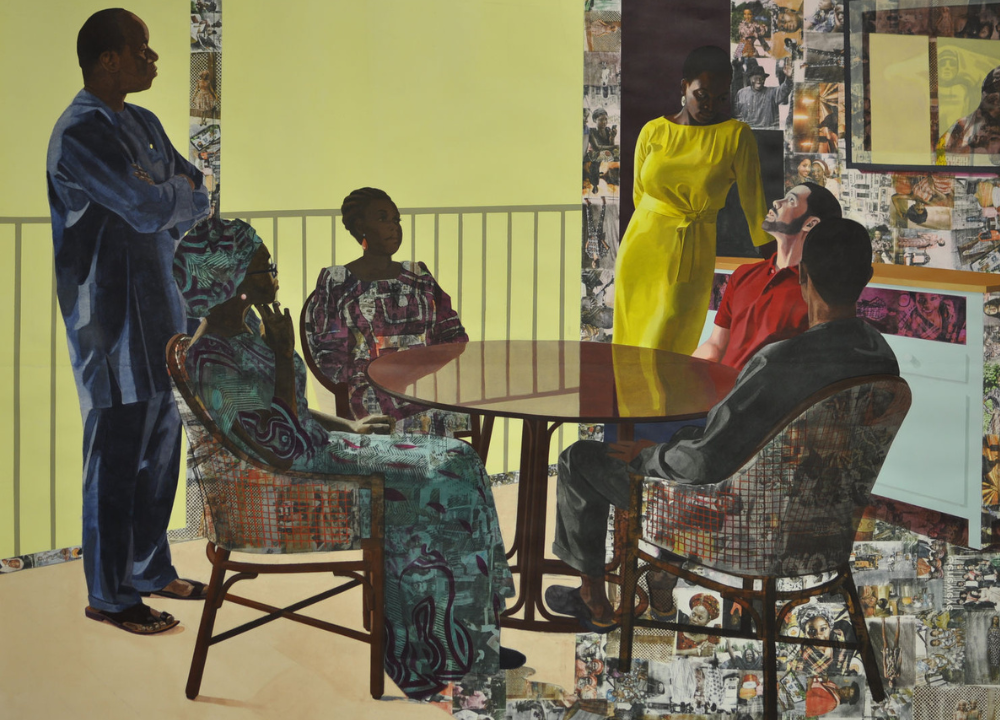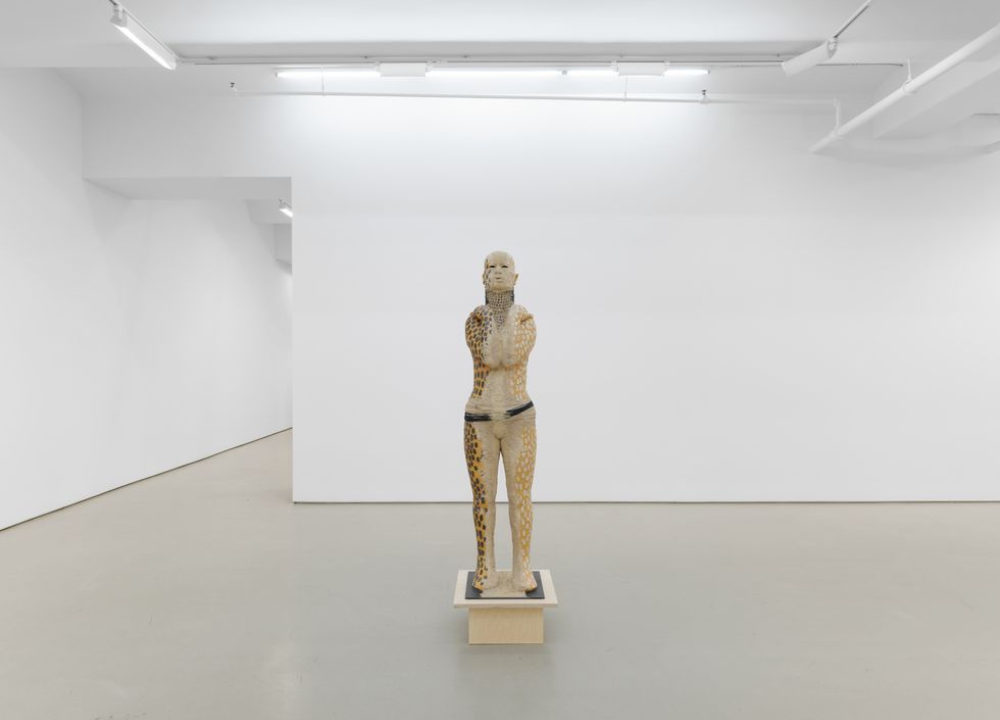Vincent Van Gogh’s “The Night Cafe” is a powerful painting that captures the essence of nighttime. It shows a cafe filled with bold colors and strong emotions.
This artwork, created in 1888, reflects Van Gogh’s feelings about loneliness and despair. The vibrant reds and greens create a sense of energy and restlessness. The figures in the cafe seem lost in their thoughts. Van Gogh wanted to show how a place can feel alive yet empty at the same time.
“The Night Cafe” offers a glimpse into the artist’s mind, revealing his struggles and inspirations. Understanding this painting helps us appreciate Van Gogh’s unique style and emotional depth. Let’s explore what makes “The Night Cafe” such an important piece of art.
Inspiration Behind The Night Cafe
The Night Cafe, painted by Vincent Van Gogh in 1888, is a powerful piece. It shows the struggles of life and the search for peace. Van Gogh created this painting in Arles, France. The inspiration behind The Night Cafe comes from his personal life and the artists he admired. This section explores the key elements that influenced this iconic work.
Personal Struggles
Vincent Van Gogh faced many personal challenges throughout his life. His mental health issues greatly influenced his art. The Night Cafe reflects his emotional state and feelings of isolation.
Several factors contributed to his struggles:
- Depression and anxiety
- Financial difficulties
- Strained relationships with family and friends
Van Gogh often felt lonely. He used his art to express these feelings. The choice of colors in The Night Cafe is striking. Bright reds and greens create a tense atmosphere. This reflects his inner turmoil.
Here is a table showing some of Van Gogh’s emotional struggles:
| Struggle | Impact on Art |
|---|---|
| Isolation | Use of somber colors |
| Anguish | Distorted forms |
| Confusion | Chaotic composition |
Through The Night Cafe, Van Gogh shared his pain. The painting invites viewers to feel his struggles. It captures the essence of his emotional journey.
Influences From Other Artists
Van Gogh was influenced by many artists. Their techniques shaped his own style. The Night Cafe shows these influences clearly.
Some key artists who inspired him include:
- Henri Toulouse-Lautrec
- Paul Gauguin
- Impressionist painters
Toulouse-Lautrec’s focus on nightlife inspired Van Gogh. He admired the vibrant scenes of cafes and bars. Gauguin influenced Van Gogh’s use of color. Together, they explored bold color palettes that convey emotion.
Van Gogh also learned from the Impressionists. They painted light and atmosphere in new ways. He adopted these ideas, using color to show mood. The Night Cafe is a blend of these influences. The unique style sets it apart from other works.
In summary, Van Gogh’s personal struggles and influences from other artists shaped The Night Cafe. This painting remains a powerful reflection of his life.
Artistic Techniques Used
The Night Cafe is a famous painting by Vincent Van Gogh. It captures a lively café scene at night. Van Gogh used unique artistic techniques to convey emotions and atmosphere. His choices in color and brushwork play a big role in the painting’s impact. These techniques help viewers feel the warmth and intensity of the night.
Color Palette
Van Gogh’s color palette in The Night Cafe is striking and bold. He used vibrant colors to create a strong emotional effect. The main colors include:
- Red: Dominates the walls, creating a warm and inviting atmosphere.
- Green: Used in the furniture, providing a contrast to the red.
- Yellow: Bright lights illuminate the scene, adding brightness.
This combination of colors is not random. Van Gogh aimed to show the feeling of energy and life within the café. The red walls suggest warmth but can also hint at tension. The green chairs balance the scene, making it more harmonious.
Here is a simple table showing the colors and their effects:
| Color | Effect |
|---|---|
| Red | Warmth and intensity |
| Green | Calm and balance |
| Yellow | Brightness and life |
These choices help tell a story. They draw the viewer into the café, making it feel alive. The colors are not just for beauty; they serve a purpose in the painting’s narrative.
Brushwork
Van Gogh’s brushwork in The Night Cafe is distinct and expressive. He used thick, visible strokes to create texture and movement. This technique adds depth and energy to the scene.
The brushwork can be described as:
- Impasto: Thick layers of paint create a three-dimensional effect.
- Swirling strokes: Convey motion and liveliness.
- Short, quick strokes: Give a sense of immediacy and urgency.
These techniques make the painting dynamic. The texture invites viewers to engage with the work. They can almost feel the energy of the café. The brushwork also reflects Van Gogh’s emotional state. It shows his passion for art and the world around him.
Each stroke contributes to the overall feeling of the piece. The lively brushwork captures the essence of nightlife. It transforms a simple café into a vibrant experience.
Symbolism And Themes
Vincent Van Gogh’s painting, The Night Cafe, is rich with symbolism and themes. It captures a deep sense of emotion and meaning. The artwork reflects Van Gogh’s thoughts on human experience. It portrays feelings of isolation, loneliness, and the nature of reality. Each element in the painting conveys a story. Colors, shapes, and objects all play a role. Understanding these themes helps viewers connect with the painting on a deeper level.
Isolation And Loneliness
The Night Cafe presents a haunting sense of isolation. The empty tables and dim lighting create a feeling of solitude. Van Gogh uses color and composition to express these emotions. The reds and greens evoke intensity. The room feels both inviting and unwelcoming at the same time.
Key elements that highlight isolation include:
- Empty Tables: They suggest absence. Customers are missing.
- Dim Lighting: Creates shadows. It enhances feelings of loneliness.
- Disjointed Perspective: The angle makes the room feel closed in.
Van Gogh’s personal struggles are reflected in this scene. He often faced feelings of loneliness. This painting mirrors his inner world.
Here’s a quick summary of the symbols related to isolation:
| Symbol | Meaning |
|---|---|
| Empty chairs | Loneliness |
| Dark corners | Isolation |
| Bold colors | Emotional intensity |
The Nature Of Reality
The Night Cafe also explores the nature of reality. Van Gogh challenges viewers to question what they see. The vibrant colors and distorted shapes create a dreamlike quality. This blurs the line between reality and imagination.
Important aspects related to the nature of reality include:
- Color Choices: They represent emotions rather than true colors.
- Distorted Objects: They suggest altered perceptions.
- Unnatural Light: Creates an otherworldly atmosphere.
This painting invites viewers to reflect. What does reality mean in this context? Van Gogh’s use of color and form encourages personal interpretation. His unique perspective makes the viewer part of the experience.
In summary, the nature of reality in this painting can be seen in:
| Element | Interpretation |
|---|---|
| Vivid colors | Emotional reality |
| Altered shapes | Perception of reality |
| Lighting effects | Illusion vs. reality |
Composition Elements
The Night Cafe by Vincent Van Gogh is a vivid representation of a lively scene. The composition elements in this painting play a crucial role in its impact. They help convey emotions and draw viewers into Van Gogh’s world. Understanding these elements, such as perspective and depth, as well as focal points, enhances appreciation of the artwork.
Perspective And Depth
Van Gogh uses perspective to create a sense of depth in The Night Cafe. The room appears to stretch back into space, giving a feeling of three-dimensionality. This effect invites viewers to step into the scene. The floor tiles lead the eye into the painting, guiding viewers toward the back wall.
- Diagonal lines: The tiles create diagonal lines that direct attention.
- Overlapping objects: Furniture and figures overlap, enhancing depth.
- Size variation: Larger objects appear closer, while smaller ones seem further away.
Van Gogh’s choice of colors also adds to the depth. The warm reds and greens contrast sharply, creating a vibrant atmosphere. The shadows around the furniture emphasize the space. This technique makes the cafe feel alive and dynamic.
| Element | Effect |
|---|---|
| Diagonal Lines | Guide the viewer’s eye into the scene |
| Overlapping Objects | Enhances the sense of space and depth |
| Color Contrast | Creates vibrancy and energy in the room |
Focal Points
The Night Cafe features several focal points that draw attention. The most prominent is the pool table, located centrally. This bright green table stands out against the warm colors of the room. It becomes a gathering spot for figures in the painting.
- Lighting: The light fixtures illuminate key areas, highlighting details.
- Color use: Bright colors attract the eye, emphasizing focal points.
- Figures’ placement: People are arranged around the pool table, guiding focus.
Other important focal points include the table with drinks and the vibrant walls. Each element contributes to the overall atmosphere. The viewer’s eye moves naturally from one point to another. This movement enhances the storytelling aspect of the painting.
| Focal Point | Significance |
|---|---|
| Pool Table | Central gathering spot for figures |
| Light Fixtures | Illuminates key areas, adds warmth |
| Colorful Walls | Creates an inviting atmosphere |
Historical Context
The Night Cafe, painted by Vincent Van Gogh in 1888, serves as a window into his life during a critical period. Understanding the historical context behind this artwork reveals much about Van Gogh’s experiences and the world around him. This piece reflects his emotional state and the social environment of his time. It captures the essence of loneliness and the search for connection, common themes in Van Gogh’s work.
Van Gogh’s Life In Arles
Vincent Van Gogh moved to Arles, France, in 1888. He sought peace and inspiration in the quiet town. His time in Arles was marked by intense creativity but also by personal struggles. He painted many famous works during this period. The Night Cafe is one of them. Here are some key points about his life in Arles:
- Van Gogh aimed to create a community of artists.
- He experienced mental health challenges.
- The vibrant colors in his paintings reflect his emotions.
- He painted many landscapes, portraits, and interiors.
In Arles, Van Gogh painted over 200 works in just 15 months. This included landscapes and still lifes. His art often showcased the surrounding environment. The table below highlights significant events during his Arles period:
| Year | Event |
|---|---|
| 1888 | Moved to Arles and began The Night Cafe. |
| 1889 | Entered a mental health facility in Saint-Rémy. |
| 1890 | Passed away in Auvers-sur-Oise. |
The Role Of Cafes In Society
Cafes served as important social spaces in the late 19th century. They were places for people to gather, share ideas, and enjoy art. In Van Gogh’s time, cafes were vibrant hubs of culture. They attracted artists, writers, and thinkers. They provided a space for creativity and connection. Here are some notable roles of cafes:
- Gathering spots for artists and intellectuals.
- Venues for discussion and debate.
- Places to enjoy music and performances.
- Centers for social change and movements.
The Night Cafe exemplifies this role. It captures the essence of a café filled with life yet marked by isolation. Van Gogh used bright colors to express the emotional atmosphere. The painting shows a mix of joy and despair. Cafes reflected both community and solitude, a duality present in Van Gogh’s works.
Conclusion
The Night Cafe captures deep emotions through color and light. Vincent Van Gogh painted this scene to express his feelings. The vibrant colors draw viewers in. Each brushstroke tells a unique story. This artwork shows the beauty of everyday life.
It reminds us of the power of art. Understanding Van Gogh’s vision enriches our experience. Explore the themes and feelings in The Night Cafe. Discover how art can connect us all. Enjoy your journey into the world of Van Gogh.




